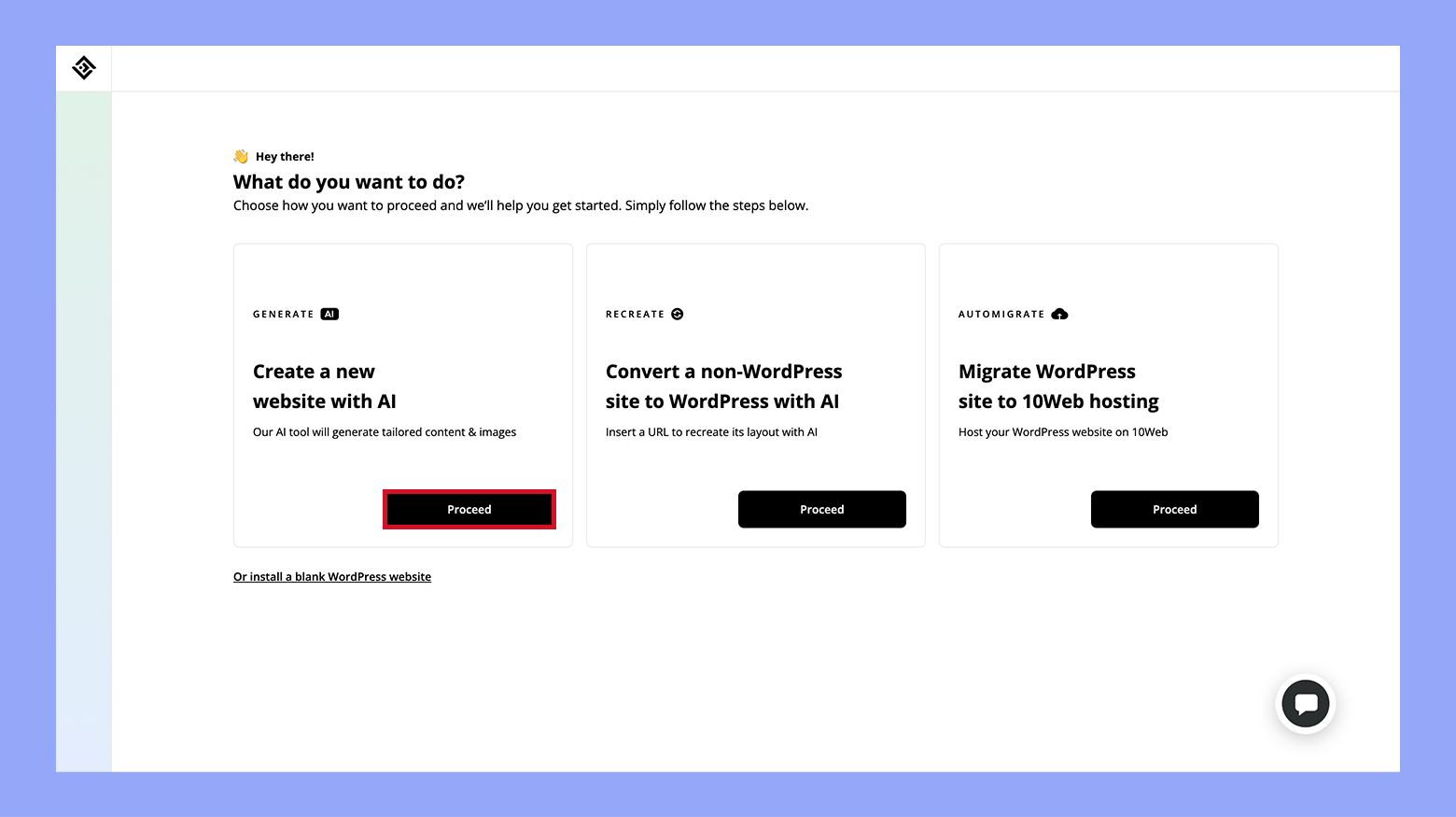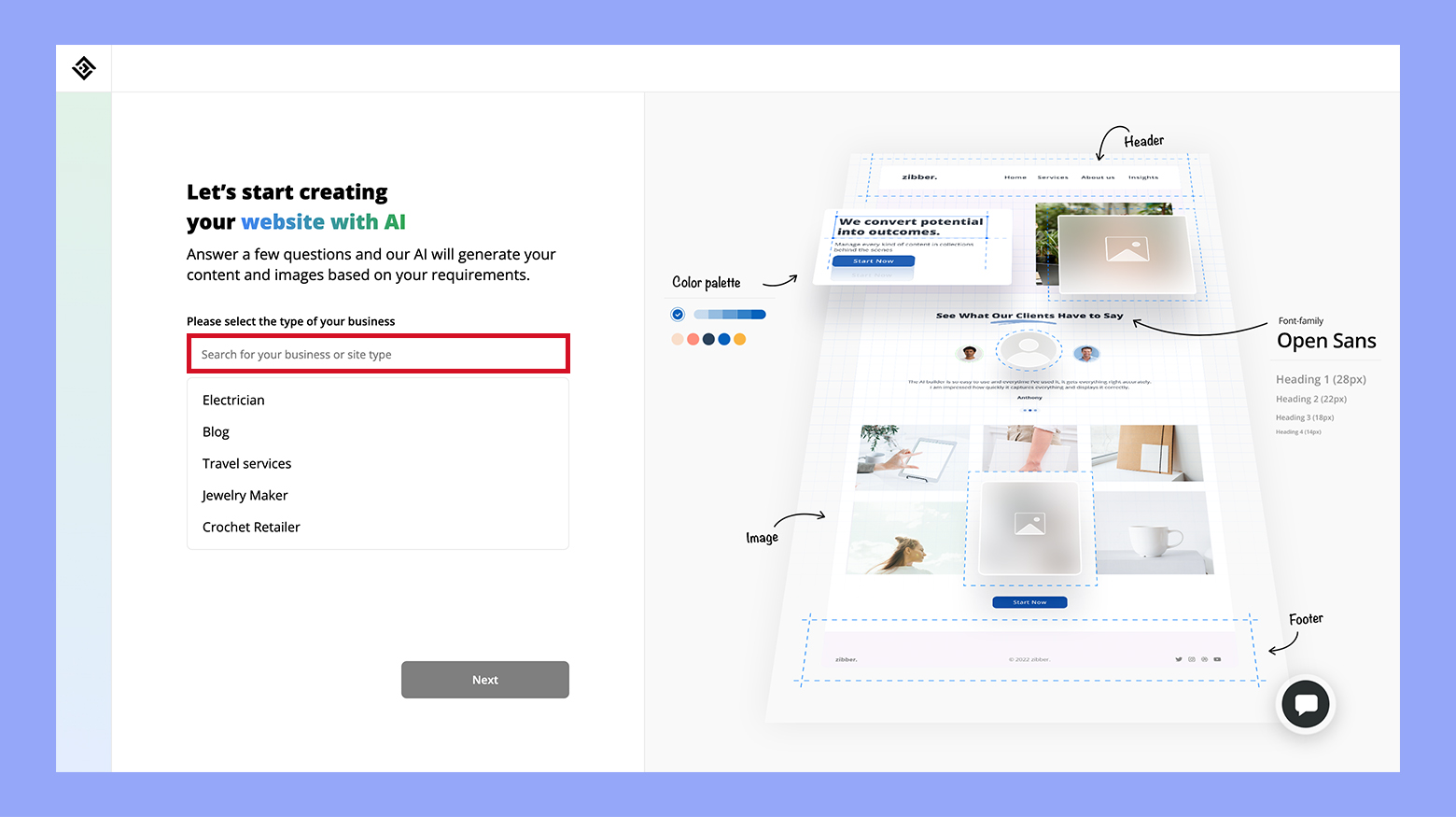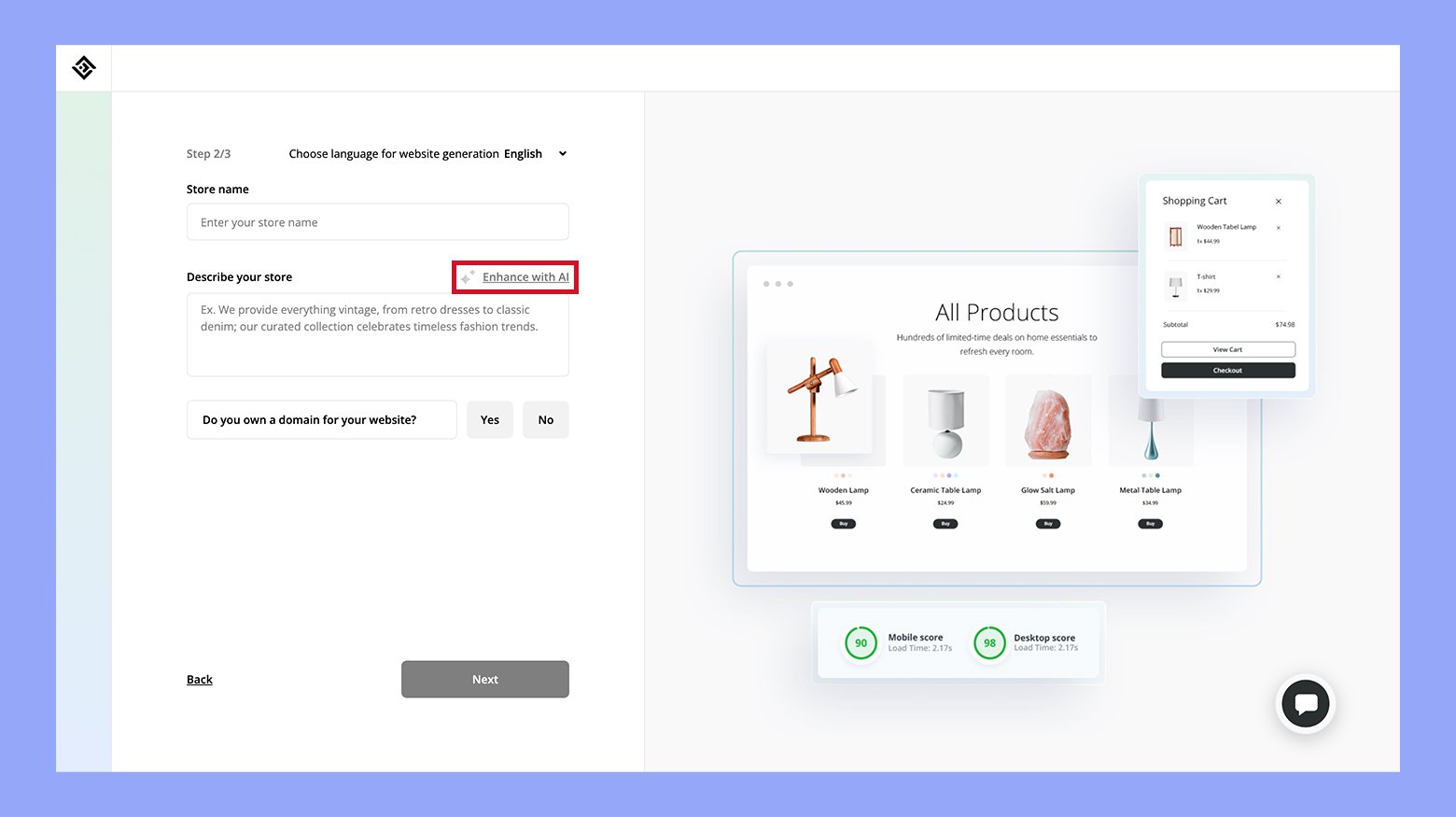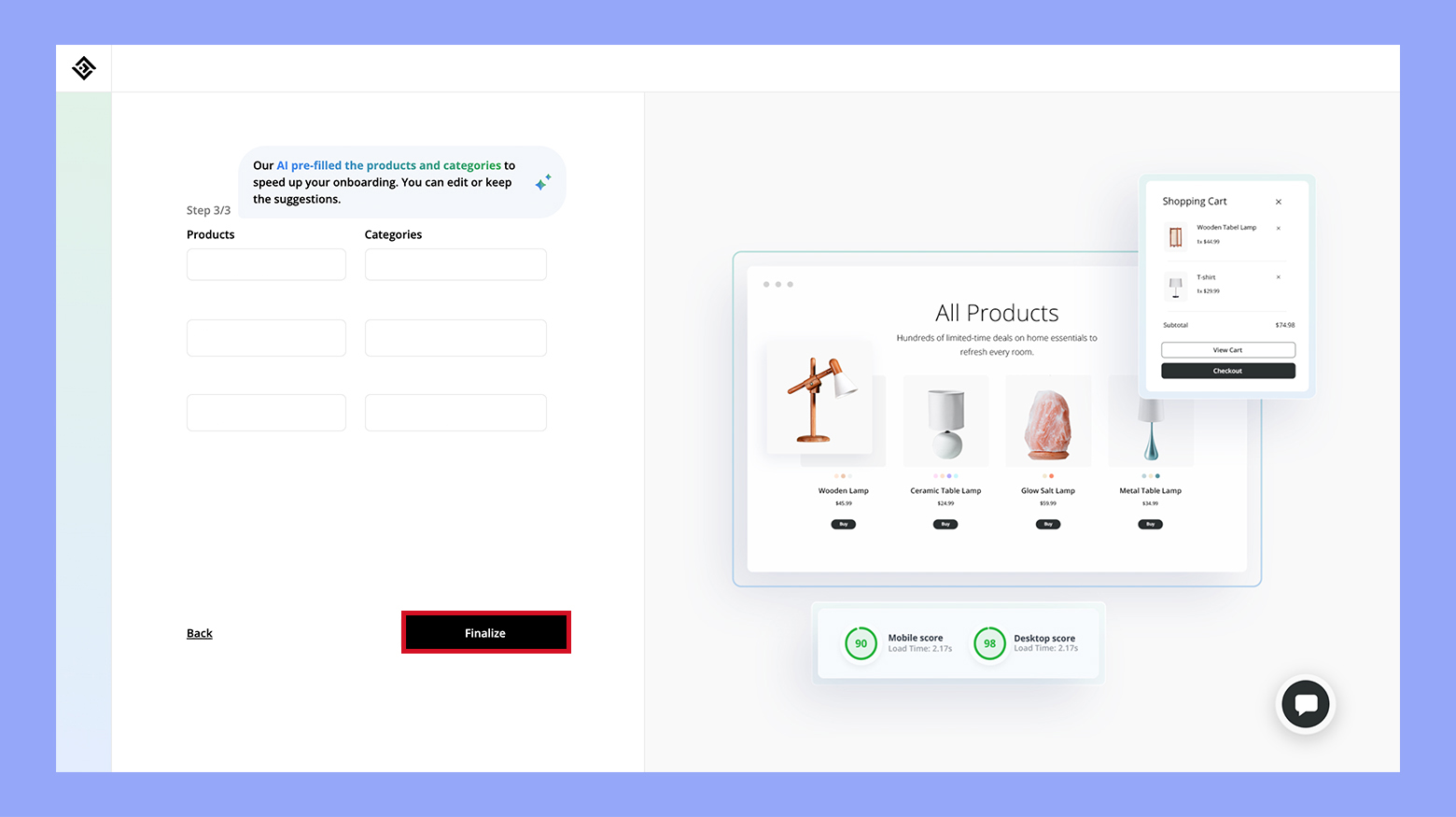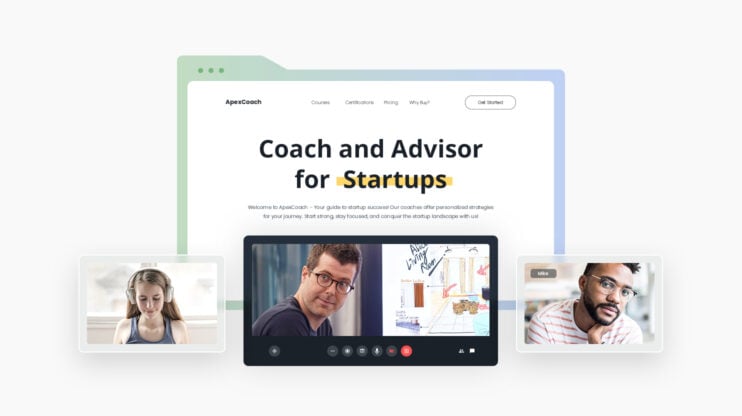Starting a freelance business can open up a world of opportunities and flexibility. This friendly guide will walk you through the first steps to establish yourself as a successful freelancer. We’ll cover everything from identifying your skills and creating a strong portfolio to navigating legal requirements and setting competitive rates. Whether you’re just beginning or looking to refine your freelance strategy, this guide will provide practical advice to help you build a thriving freelance business. Let’s dive in and explore how you can turn your skills and passions into a rewarding freelance career.
FAQ
How can a beginner start freelancing?
Do freelancers need LLC?
How to legally be a freelancer?
Stage 1: Getting started with freelancing
Starting a freelance business involves understanding the market, identifying your services, and setting up your business structure. Each step is crucial to your success as a freelancer.
Step 1: Understanding the freelance market
Before you begin, take some time to research the freelance market. You need to know what services are in demand and who your competition is. Look at platforms like Upwork to see popular job postings.
Check out other freelancers’ profiles to get an idea of their skills and experience. Join online forums and groups where freelancers discuss their work. This can give you insights into what clients are looking for and what rates are common.
Step 2: Identifying your service offering
Next, identify what services you can offer. Think about your skills and experiences. Are you good at writing, graphic design, programming, or marketing? Make a list of all the services you can provide.
Consider taking a few online courses or attending workshops to strengthen your skills. This can help you become more competitive. Once you know your services, think about your target clients. Who would benefit most from what you offer?
Step 3: Understanding market rates
Setting your freelance rates means balancing fair compensation for your skills and staying competitive.
Understanding market rates involves researching what others in your field charge. Look at industry reports, job boards like Upwork, and freelancer surveys to get a sense of the average rates. Use online resources such as CareerFoundry to understand whether you should charge hourly or per project.
You can also ask more experienced freelancers, but be cautious of copying someone else’s rates blindly. Every freelancer has a unique mix of skills and experience.
By keeping an eye on the competition, you can set a base for your pricing structure that helps you attract your first client while ensuring you’re compensated fairly.
Step 4: Managing taxes and invoicing
When freelancing, managing taxes is crucial. First, know that the IRS treats freelancers as self-employed. You’ll need to pay self-employment taxes, which include Social Security and Medicare. It’s wise to set aside around 25-30% of your income for taxes.
For accounting, keep detailed records. Track all income and expenses. Use software like QuickBooks or FreshBooks to stay organized. Invoicing clients on time and keeping a log of all invoices sent, paid, and pending is essential. Create clear and professional invoices with itemized services, payment terms, and due dates. This helps you get paid faster and reduces misunderstandings.

Looking to sell online?
Create your custom online store in minutes with 10Web AI Ecommerce Website Builder and take your business online.
Stage 2: Creating a business structure
Creating a business structure is essential for your freelance business. It helps in managing finances, legal matters, and overall operations smoothly.
Step 1: Choosing a business name
Select a unique and memorable name that accurately represents your services. This name should resonate with your target audience and convey a sense of professionalism and reliability. Once you have a few options, conduct a thorough search to ensure that your chosen name is not already in use by another business. This includes checking domain name availability for your website and considering social media handles. Additionally, explore trademark options to protect your business name legally and prevent others from using it.
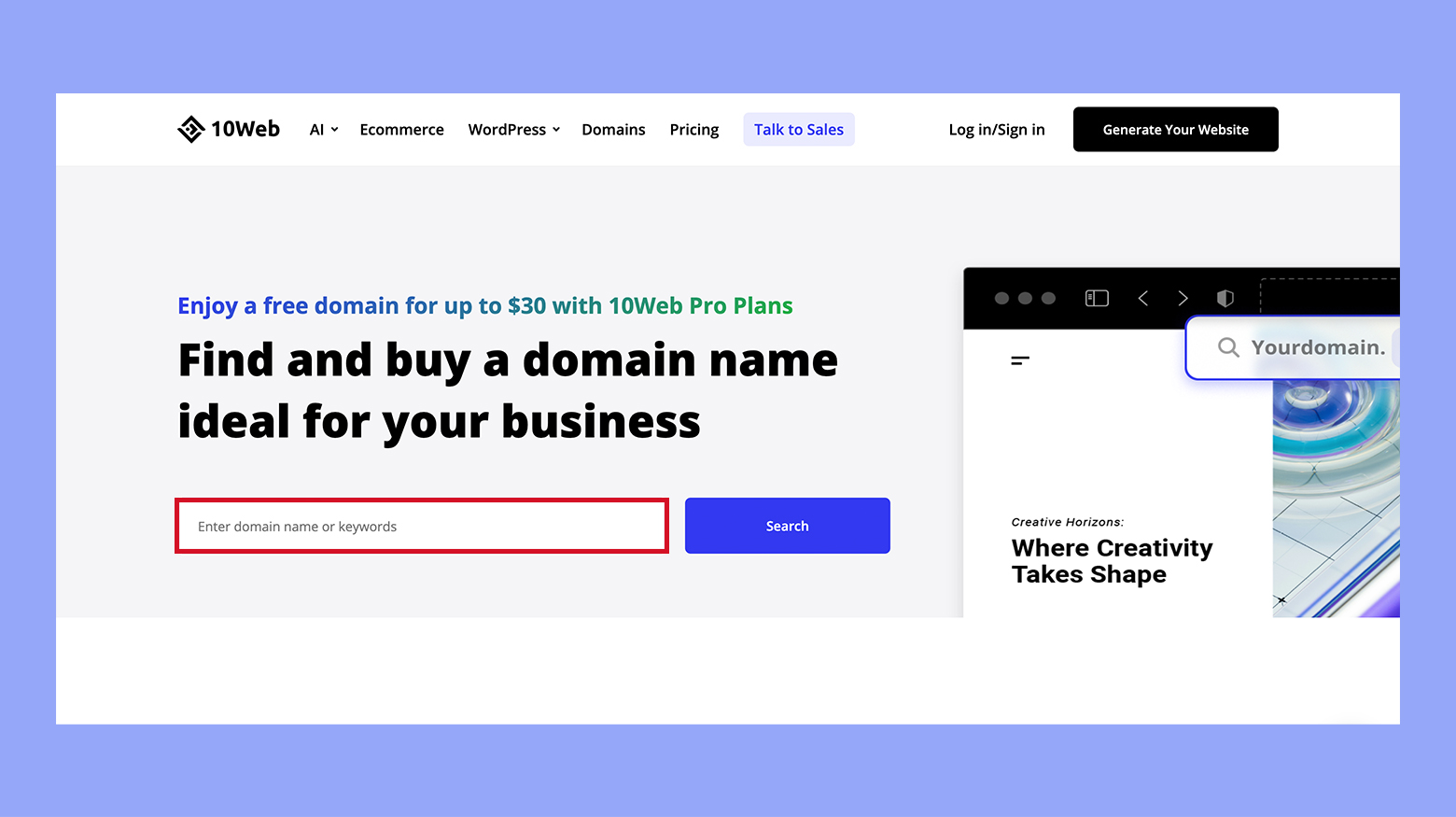
Step 2: Choosing a business entity
Selecting the right business entity impacts your taxes and legal protection. Many freelancers start as a sole proprietorship because it’s simple and has less paperwork. However, this means you’re personally liable for any debts or legal issues.
A limited liability company (LLC) offers more protection. It separates your personal and business assets. Setting up an LLC may cost more, but it can save you trouble down the road. Consider consulting with a legal expert or accountant to determine which entity is best for your situation. Being informed and prepared can make a big difference.
Step 3: Considering business insurance
Protect your business with appropriate insurance coverage. Common options include:
- Professional liability insurance: Also known as errors and omissions insurance, this protects against claims of negligence or mistakes in your professional services.
- General liability insurance: Covers third-party claims of bodily injury, property damage, and personal injury.
- Health insurance: If you don’t have coverage through another source, consider obtaining health insurance to protect yourself and your family.
Assess your specific needs and risks to determine the right insurance policies for your business. Insurance can provide peace of mind and financial protection in case of unforeseen events.
Step 4: Acquiring clients and networking
Winning new clients and developing a strong network are vital for any freelancer. Forming strong proposals and leveraging your existing network can set you up for success.
A well-crafted proposal can make a big difference in acquiring new clients. Start by understanding what the potential client needs. Read the job description carefully and tailor your proposal to address their specific requirements.
Use clear and simple language. Highlight your skills and past experiences that are most relevant to the project. Include any testimonials or case studies that demonstrate your expertise. Potential clients want to see evidence that you can solve their problems.
Structure your proposal with headings and bullet points. This makes it easy to read. Break your proposal into sections like Introduction, Project outline, Timeline, and Budget. Clearly define your deliverables and set realistic timelines. Ensure you explain how you will communicate and handle any potential issues.
Lastly, proofread your proposal. Spelling errors and typos can make you seem unprofessional. Taking the extra time to ensure your proposal is polished can pay off in landing your first client.
Step 5: Leveraging your network
Your network can be one of your most powerful tools. Start by reaching out to your existing contacts. Let them know you’re freelancing and what services you offer. Ask them if they know anyone who might need your help.
Attend networking events, both online and in person. Websites like Upwork are great for finding freelancing opportunities and connecting with other freelancers. Join relevant online groups and forums where your potential clients might be.
Use social media to showcase your work. Platforms like LinkedIn, Twitter, and Instagram can help you reach a wider audience. Share updates, projects, and testimonials to keep your network informed. Engage with others by commenting on their posts and participating in discussions.
Building strong relationships with your current clients can also lead to referrals. Excellent customer service will encourage them to recommend you to others. Follow up after completing a project to ask for feedback and thank them for their business.
Step 6: Delivering exceptional service
Delivering exceptional service involves managing projects efficiently and ensuring quality and timeliness. You need to keep clear communication with your clients and consistently deliver high-quality results on time.
Efficient project management begins with setting clear objectives. Break down projects into smaller tasks. Use tools like Trello or Asana to keep organized.
Regular check-ins with the client ensure everyone is on the same page. Update them on progress and be open to feedback. This keeps expectations aligned and builds trust.
Setting realistic deadlines is crucial. Don’t overpromise. Use a project timeline to plan each stage. Address any issues as they arise to prevent delays.
Tracking your time helps in identifying areas where you can improve efficiency. Use apps like Toggl for this purpose. This data can help you streamline future projects and offer better estimates.

Looking to sell online?
Create your custom online store in minutes with 10Web AI Ecommerce Website Builder and take your business online.
Stage 3: Developing your brand and online presence
To succeed as a freelancer, it’s crucial to create a strong online presence and establish a professional brand. You need to pick the right platforms, build an engaging profile, and showcase your best work. This will help attract clients and grow your freelance business.
Step 1: Choosing the right platforms
When building your online presence, selecting the best platforms is essential. Popular freelance platforms like Upwork, Fiverr, and Freelancer can help you find clients. Additionally, social media sites such as LinkedIn and Twitter are great for networking and marketing.
Research each platform to see where your target clients spend their time. Sign up on multiple platforms, but focus on a few where you can really shine. Being active and maintaining updated profiles on these platforms will increase your visibility and opportunities.
Step 2: Building a professional online presence
A professional profile is key to attracting clients. Creating an online platform for your business with 10Web is simple and efficient.
- First of all, Go to the 10Web Website Builder page and click Generate your website.
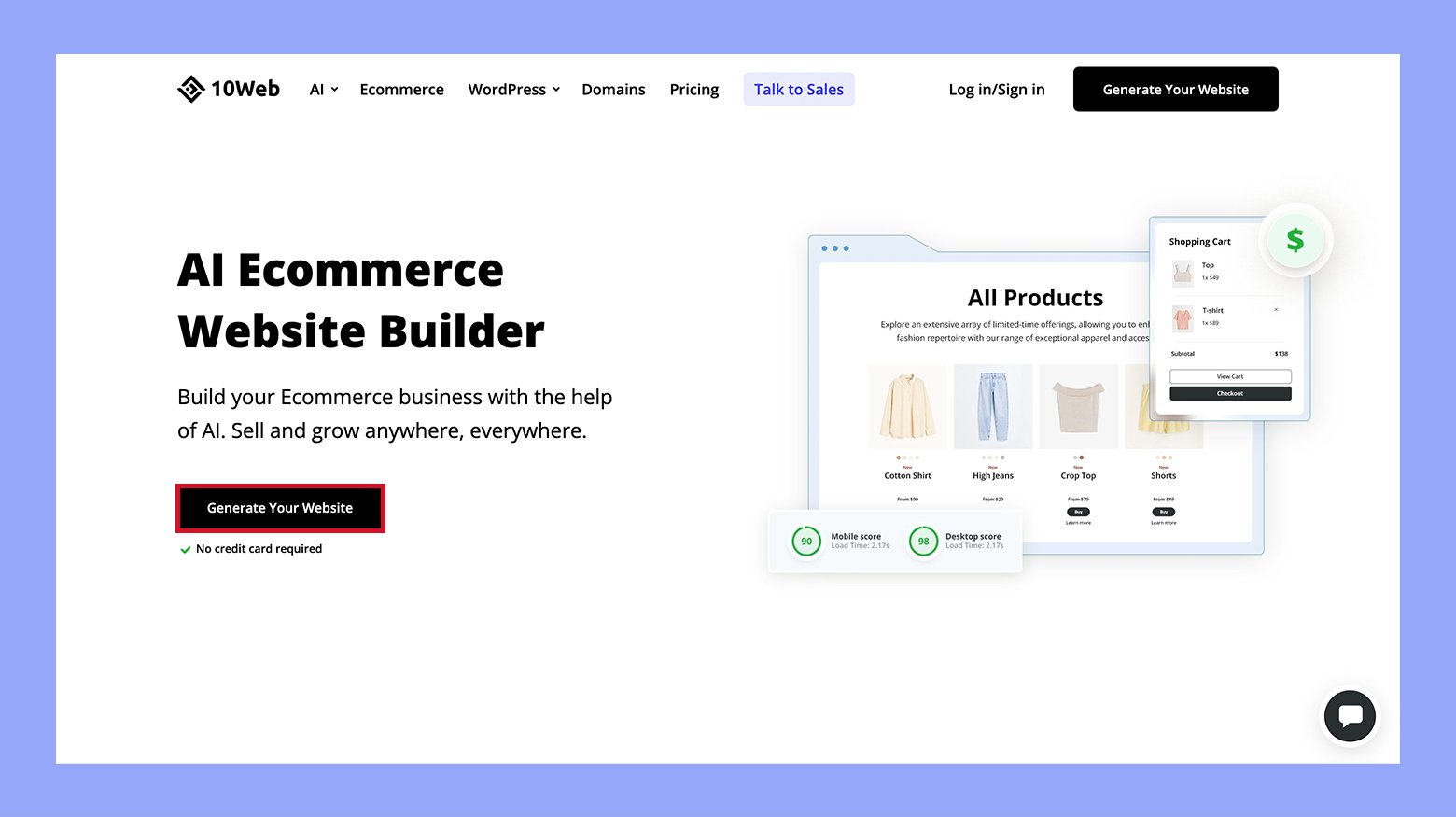
- Select Proceed to create a new website with AI.

- Enter your business type.

- Provide a business name and description. Use the Enhance with AI tool if needed.

- Choose Yes to get a domain or click No if you have one already.
- Enter details for your first three services and categories. AI will pre-fill them for you, you can edit or keep the suggestions. When done, click Finalize, and wait for 10Web to generate your site.

- Once your site is generated, preview it and make any necessary adjustments using the user-friendly tools provided by 10Web.
Use a clear, high-quality photo and write a compelling headline that highlights your expertise. Your summary should be concise and engaging, emphasizing your skills and experience.
Make sure to include relevant keywords so your profile appears in searches. Detail your work history, education, and any certifications. Testimonials or endorsements from past clients can also boost your credibility. Be honest and straightforward in your profile to build trust with potential clients.
Step 3: Building a portfolio
An impressive portfolio showcases your best work and demonstrates your abilities. Include a variety of projects to show your range and skill set. Each project should have a brief description, your role, and the outcome.
Use visuals like images, videos, or links to websites you’ve worked on. Highlighting specific results, such as increased traffic or sales, can make a big impact. Organize your portfolio well and keep it updated with your latest work. This will help attract potential clients and show them what you are capable of.
Step 4: Developing a marketing strategy
A well-crafted marketing strategy is essential for attracting and retaining clients. Start by identifying your target audience. Understand their needs, preferences, and where they spend their time online. This allows you to tailor your messaging effectively.
Create a marketing plan that outlines your goals and the tactics you will use to reach them. This can include content marketing, such as writing blog posts or articles related to your services, email marketing to keep in touch with potential clients, and SEO to make your website more visible in search results.
Plugins like Yoast SEO can help optimize your content for search engines.
In addition, use tools like Google Analytics to track the effectiveness of your marketing efforts. Regularly review and adjust your strategy based on what works and what doesn’t.
Step 5: Using social media effectively
Social media can significantly boost your online presence. Identify which platforms your target audience uses the most. Platforms like LinkedIn, Twitter, and Instagram can be valuable for freelancers.
Create profiles on these platforms and regularly share content that showcases your expertise. This can include portfolio pieces, client testimonials, and industry insights. Engage with your audience by responding to comments and messages promptly.
Join online communities and groups related to your field. Participate in discussions and offer helpful advice. This not only builds your reputation but also expands your network.
Use hashtags strategically to increase the visibility of your posts and attract potential clients. Analyze your social media metrics to see what type of content performs best and adjust your strategy accordingly.
Beyond basics: Specializing your services
Specializing your services can help you stand out in a crowded market. By focusing on a specific target and spotlighting your unique skills, you can attract clients who are specifically looking for what you offer.
Focusing on a niche market
Choosing a target can provide a clear direction for your business. Let’s say you’re a graphic designer. Instead of trying to serve everyone, you could target tech startups or local businesses. This way, you can tailor your marketing efforts to attract clients in that target.
Create content that speaks directly to this audience. If you’re a web designer for ecommerce, write blog posts on improving online sales through design. This shows potential clients that you understand their needs and can solve their specific problems.
Benefits of focusing on a niche market:
- Less competition
- Easier to become known as an expert
- Higher client retention
Spotlighting your unique skills
To further specialize, highlight what makes you unique. For instance, if you’re a copywriter with expertise in finance, promote this unique skill. Explain how your knowledge can craft more effective and trustworthy content for financial clients.
Showcase your skills through case studies or a portfolio. A writer can display published articles or books, while an artist might have a gallery of their work. Make sure these examples reflect your specialty to attract the right clients.
Tips for spotlighting your skills:
- Update your portfolio regularly
- Get testimonials from past clients
- Offer free resources or tips that showcase your expertise
By narrowing your focus and highlighting your strengths, you can create a distinctive brand that attracts the right clients.
Scaling up your business
To grow your freelance business, you can expand the services you offer and consider hiring additional help. Each approach can present specific opportunities and challenges, helping you handle more projects effectively.
Expanding your service range
As you scale your freelance business, offering a wider range of services can attract more clients. Start by identifying related skills that complement your current offerings. For instance, if you are a graphic designer, you might add web design or branding services.
These additional services can make you a one-stop shop for your clients, increasing your value to them. It’s essential to invest time in learning these new skills or get certifications to ensure quality work.
You can also look for trends in your industry to determine which new services are in demand. This can help you stay competitive and meet the evolving needs of your clients.
Hiring subcontractors or employees
At some point, you might find that your workload requires more hands. Hiring subcontractors or employees can help manage this. Begin by clearly defining the roles you need to fill and the skills required. You might start with subcontractors for specific projects. Ensure you establish clear communication and project management processes.
When hiring, consider the long-term growth of your business. Subcontractors offer flexibility, but employees can provide stability and a deeper commitment to your business’s goals. Determine which approach aligns best with your vision and current client demands.
Conclusion
To sum up, starting a freelance business involves careful planning, dedication, and a strategic approach. By following the steps outlined in this guide, you can successfully navigate the initial stages, from identifying your skills and setting up your business structure to marketing your services and managing your finances. Remember, continuous learning and adapting to market trends are key to sustaining and growing your freelance business. With persistence and a proactive mindset, you can build a rewarding and successful freelance career.


